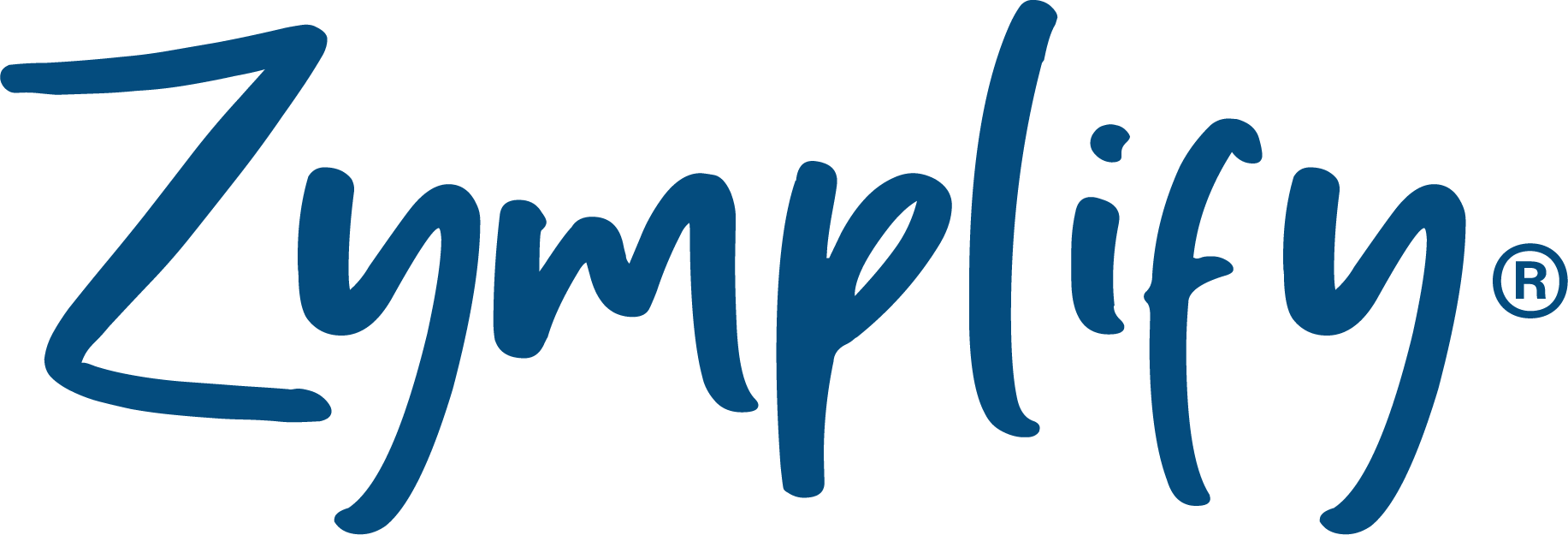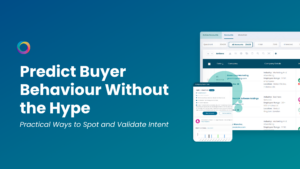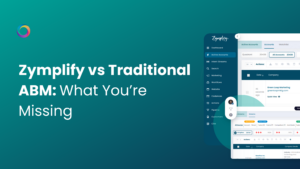What is Lead Scoring?
According to Wikipedia, the definition of lead scoring is, ‘a methodology used to rank prospects against a scale that represents the perceived value each lead represents to the organisation. The resulting score is used to determine which leads a receiving function (e.g. sales, partners, prospecting) will engage, in order of priority.’
What this means is that a business will be able to customise a prospect’s experience based on his or her buying stage and interest level in the product or service. It also eliminates the risk of your sales team wasting time on dead-end leads. It will improve the transition from MQLs (marketing qualified leads) to SQL (sales qualified leads).
Why is it so Important?
When a lead scoring model is used efficiently by everyone in the marketing and sales team, it comes with a wealth of benefits. These include:
- Increased sales efficiency and effectiveness
- Increased marketing effectiveness
- Tighter marketing and sales alignment
- Increase in revenue
How? Because lead scoring will focus the attention of the sales and marketing teams, bringing them together to work in alignment. Not only will it create a more streamlined sales process, but the marketing team can benefit from the information captured. You can find out the characteristics of the leads, which you can use as research for your next inbound marketing campaign. The more you know about your leads, the more you can prepare for their wants and needs.
Top Tips for Best Practice
1. Integrate Your Marketing Automation and CRM Systems
If you haven’t already invested in marketing automation software or CRM software, you really need to. Save yourself time, effort and money and integrate all your sales and marketing efforts in one place and include your CRM too. Zymplify can do all of this for you.
The main advantage of integrating these two pieces of software together is that you will be able to create effective lead scoring models.
We’re not going to go into too much detail about the absolute need for marketing automation, but here’s a blog we posted earlier on why you should consider using marketing automation.
2. Score Your Leads Based on Data You Have Already Collected
It doesn’t matter if you are only selling one product or service, you will still have customers from lots of different demographics. These are lots of different criteria you can use to segment your lists. For example, it could be a job title, geographical location or interests.
Other common demographic attributes include:
- Level of seniority
- Department
- Number of employees
- Annual revenue
3. Award Customised Scores Depending on the Actions They Take
Give prospects scores depending on how they interact with your marketing materials or your website. For example, if someone visits a product page, that means they are interested in your product or service. They would score higher than someone who might read one blog post and click onto another website.
4. Collaborate with Sales
Your sales team will play a big part in creating your lead scoring model. Listen to what they have to say and discuss everything together. The sales team deal with your leads every day. They are in conversations with them and likely understand their wants and needs more than anyone else in the company.
Get their input on what leads should be scored on, what the scores should be and how long they should stay active.
5. Incorporate Negative Scores
Not everything a lead does will have a positive score. You should consider assigning negative scores too. Certain actions will indicate that a lead is not suitable for your product or service, or that they are just not interested. Indicators would include:
- Unsubscribing from your email list
- Poor reviews of your brand on social media
- Visiting your job pages – this will indicate they are on the job hunt and are not interested in buying your product.
For each of these actions, you should assign negative points, pushing them further from qualification. By doing this, you’ll save your team time as they know which leads to prioritise and who to forget about. If leads continue to score negatively, you can disqualify dead-end leads in real-time and keep your CRM system up-to-date.
6. Alert the Sales Team for New MQLs
Your sales team need to be notified as soon as possible so they can react as soon as a lead becomes qualified. You can set up notifications in your CRM to let your sales team know as soon as possible. The quicker they react, the better your conversion rate could be.
A solid CRM system, which is included in Zymplify’s software platform, will let the sales representative know about every interaction and touch point that led that lead to be qualified.
7. Measure and Monitor Your Process
You will revisit your lead scoring model a few times before you are happy with the overall outcome. When you have it established, you’ll want to revisit it regularly to ensure it is working to its full capability.
You want to make sure you are qualifying the right amount of leads, and the sales team are successfully converting them. If this isn’t the case, then you need to revisit your model and ensure you aren’t qualifying leads too soon.
Work alongside your sales team and ask for feedback on how the lead scoring model is working.
[button link=”https://zymplify.com/register.php” color=”orange” newwindow=”yes”] Start my free trial[/button]
More from Zymplify on Lead Management
How to Optimise Your Website for Lead Generation
How to Create the Perfect Elevator Pitch



